17 Reasons Why Your Pet Dog Might Develop Aggression

When your furry friend suddenly growls or snaps, it can feel like a betrayal from your loyal companion. Understanding why dogs develop aggressive behaviors is crucial for addressing the root causes and keeping everyone safe.
Aggression in dogs isn’t random – it stems from specific triggers that, once identified, can often be managed with proper training and care.
1. Fear Takes Over
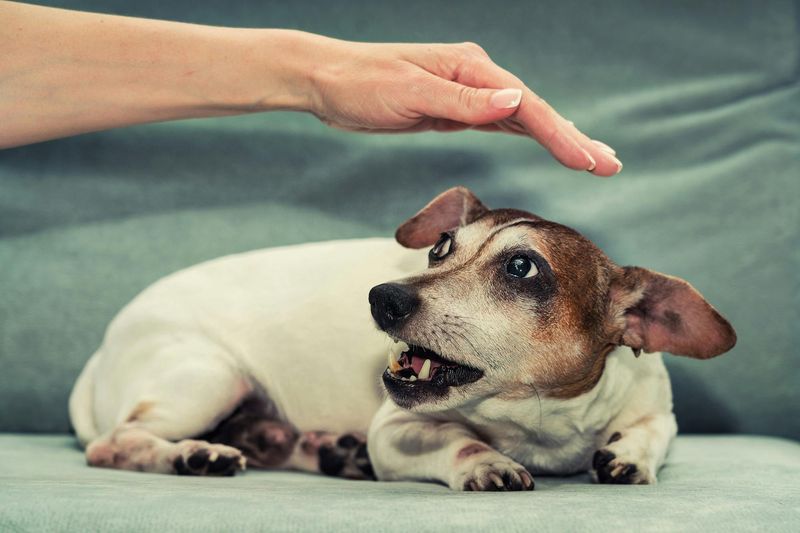
Imagine being cornered with nowhere to escape – that’s how fearful dogs feel before lashing out. A dog that’s afraid will often show warning signs first: flattened ears, tucked tail, or whale eyes (showing the whites).
Past trauma or lack of socialization typically fuels this response. Think of it as their emergency defense system activating when they believe they’re in danger.
Working with a professional trainer who uses positive reinforcement can help your frightened friend build confidence and learn that the world isn’t so scary after all.
2. Pain Makes Them Protective

Even the sweetest pup might snap when hurting. Just like you’d be cranky with a sprained ankle, dogs can’t tell us directly when something hurts, so they communicate through behavior changes.
Sudden aggression, especially when touched in specific areas, often signals underlying pain. Arthritis, dental issues, or internal problems could be the hidden culprit behind that unexpected growl.
Regular vet check-ups can catch these issues before they escalate to aggression. Always investigate behavior changes with your veterinarian first before assuming it’s a training problem.
3. Resource Guarding Instincts

When your furry friend growls over their food bowl or favorite toy, ancient survival instincts are kicking in. Wild ancestors had to protect their hard-earned resources to survive, and this behavior sometimes persists in our domestic companions.
Watch for stiffening body language, direct staring, or hovering protectively over possessions. These warning signs indicate your dog feels threatened about losing something valuable.
Counter-conditioning works wonders here – teaching your dog that when people approach their treasures, even better things happen! With patience, they’ll learn sharing leads to rewards, not loss.
4. Territorial Defense Mode

The mailman doesn’t stand a chance against some dogs! When strangers approach what your dog considers their turf, protective instincts can trigger aggressive displays. This behavior often intensifies at boundaries like fences or doors.
Barking, lunging, and growling are your dog’s way of saying “keep out!” – a natural instinct that once served their wild ancestors well. Some breeds have stronger territorial tendencies due to their working history as guardians.
Creating positive associations with visitors through treats and controlled introductions helps teach your dog that new people bring good things, not threats to their domain.
5. Frustration Builds Up

Leash reactivity often gets mistaken for aggression, but it’s usually frustration in disguise. Your dog sees another pup across the street and wants to say hello, but the leash prevents it – cue the barking and lunging!
This barrier frustration happens when natural social behaviors get blocked. Over time, the frustration creates negative associations with the trigger (other dogs, people, etc.).
Redirection techniques work wonders here. Teaching your dog to look at you when they spot another dog, followed by treats, creates a new positive response pattern instead of the frustrated outbursts.
6. Confused By Inconsistent Rules
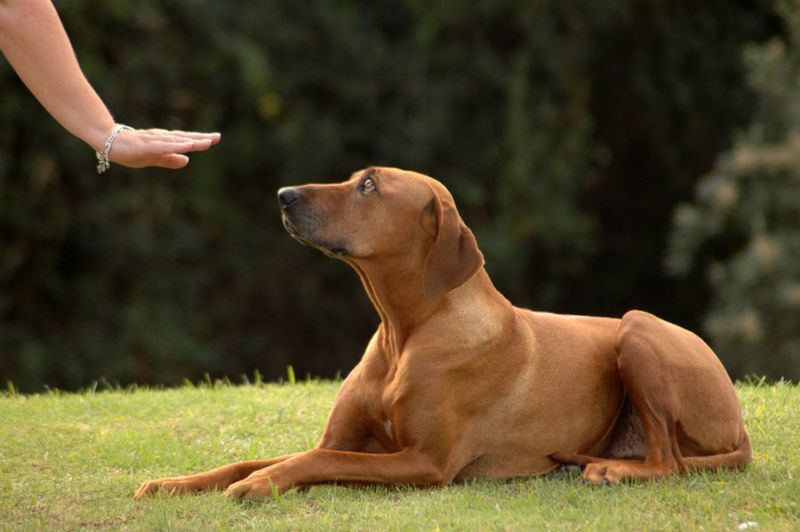
Mixed signals leave dogs bewildered about what’s expected. Imagine sometimes being allowed on the couch and other times getting scolded for it – confusing, right? This inconsistency creates anxiety that can manifest as aggression.
When family members follow different rules or training methods, dogs receive contradictory feedback. The resulting stress and uncertainty may cause them to lash out when they can’t predict outcomes.
Family meetings to establish consistent boundaries help tremendously. When everyone enforces the same rules with the same cues and consequences, your dog can relax, knowing exactly what behaviors earn rewards versus corrections.
7. Protective Parenting Instincts
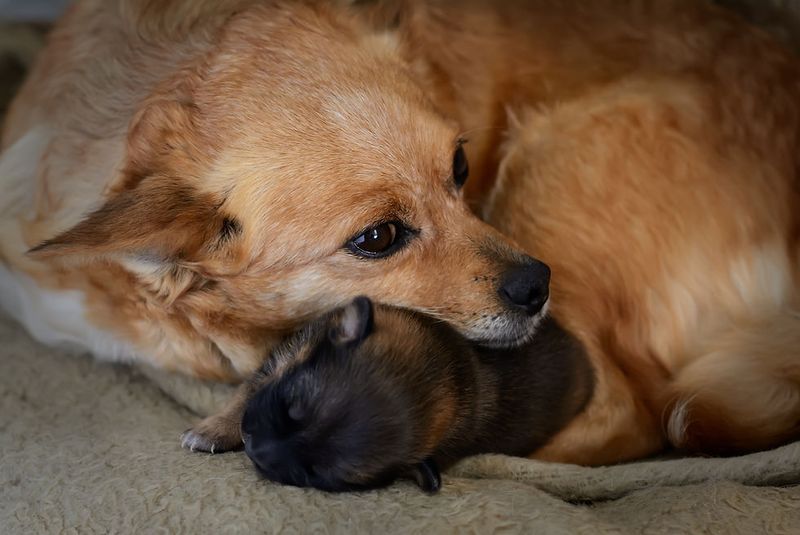
Mother dogs transform when protecting their puppies – even the gentlest can become fierce guardians. This maternal aggression is powered by hormones and natural instincts to keep vulnerable offspring safe from potential threats.
Signs include growling, standing over puppies, or placing herself between her babies and approaching people or animals. This behavior typically peaks in the first few weeks after birth.
Give new canine moms plenty of space and quiet. Limit handling of puppies to necessary care, always with mom’s supervision. This protective phase naturally diminishes as puppies grow and become more independent.
8. Lack Of Proper Socialization
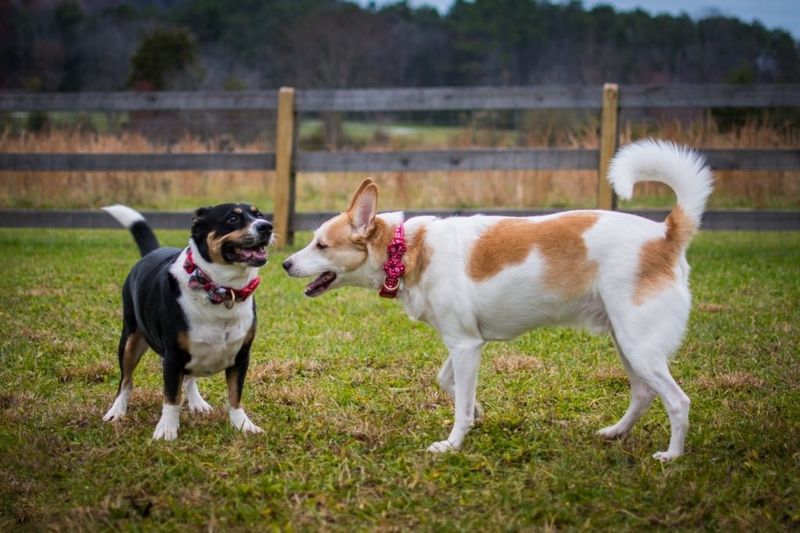
Missing those crucial puppy socialization windows between 3-14 weeks can create a fearful adult dog. During this period, puppies develop vital neural connections that help them distinguish between normal situations and genuine threats.
Without diverse, positive experiences early on, everyday encounters—like meeting new people, seeing bicycles, or hearing vacuum cleaners—can trigger fear-based aggression. It’s like never learning the social rules of the world.
Adult dogs with socialization gaps benefit from gradual, controlled exposure to new experiences paired with high-value rewards. Professional guidance ensures this remedial socialization happens at a pace that builds confidence rather than reinforcing fears.
9. Medical Issues Trigger Irritability

Hidden health problems frequently masquerade as behavioral issues. Thyroid imbalances, neurological conditions, and even vision or hearing loss can dramatically alter your dog’s temperament and trigger seemingly unprovoked aggression.
Changes in sleep patterns, appetite, or energy levels alongside new aggressive behaviors warrant immediate veterinary attention. Brain tumors, cognitive decline in senior dogs, or hormonal imbalances may be silently affecting your pet’s mood and reactions.
Comprehensive blood work, neurological exams, and sometimes advanced imaging can uncover these medical causes. Many dogs return to their sweet selves once the underlying condition receives proper treatment.
10. Genetic Predispositions Surface
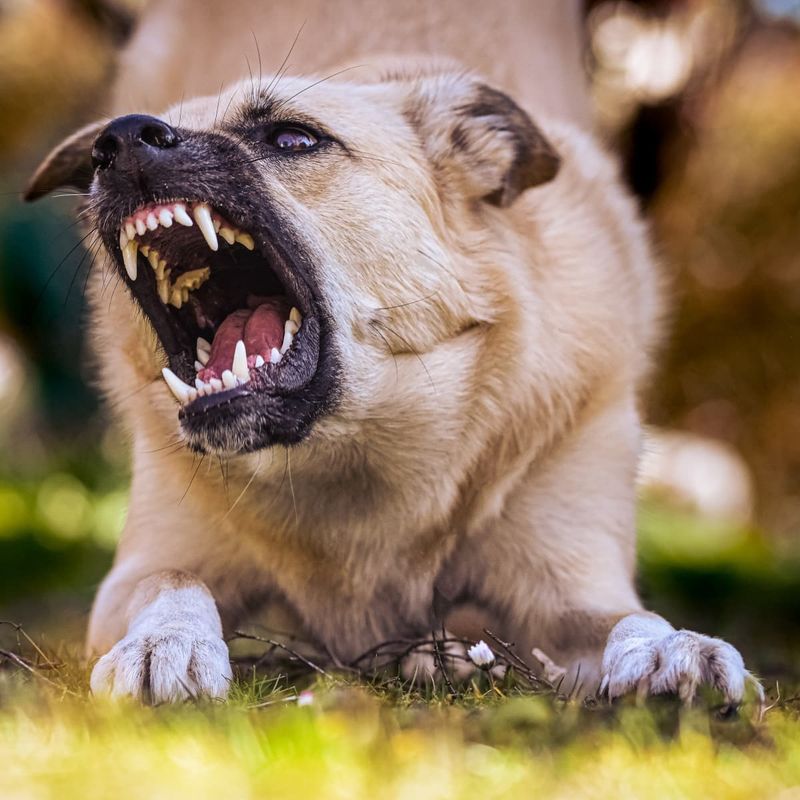
Some aggressive tendencies run in the family tree. Certain breeding lines carry stronger predispositions toward specific types of aggression, regardless of how loving the home environment might be.
Responsible breeders carefully select for stable temperaments, but backyard breeding operations often overlook behavioral traits in favor of physical characteristics. This genetic roulette can produce puppies with challenging behavioral tendencies.
While genetics provide the blueprint, environment still plays a crucial role. Early intervention with specialized training protocols designed for the specific type of aggression can help manage these innate tendencies and teach alternative responses to triggers.
11. Reinforced Bad Behavior
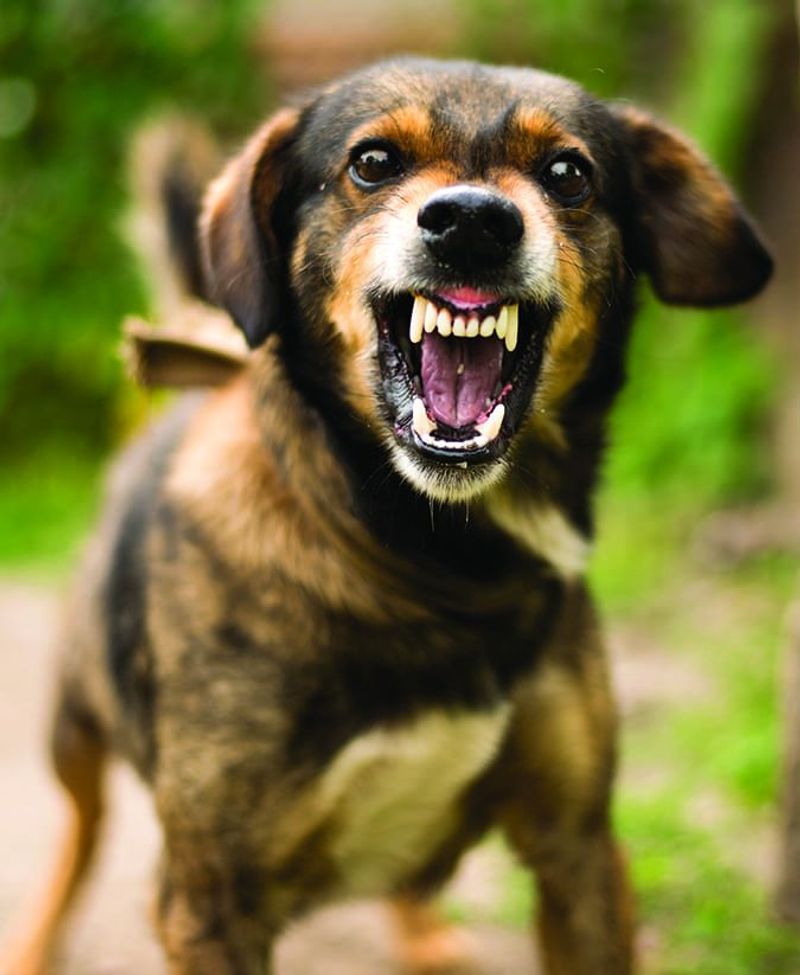
Accidental rewards create monster manners faster than you’d think! When a dog barks aggressively at the delivery person who then leaves, the dog believes their aggression successfully drove away the “intruder.”
This unintentional reinforcement happens in countless scenarios: growling makes kids back off, lunging creates distance from scary dogs, or barking gets attention when ignored. Each success strengthens the behavior through a process called negative reinforcement.
Breaking this cycle requires management (preventing the situation) while teaching alternative behaviors. For example, train your dog to go to a mat when the doorbell rings, rewarding this calm behavior instead.
12. Trauma From Past Abuse
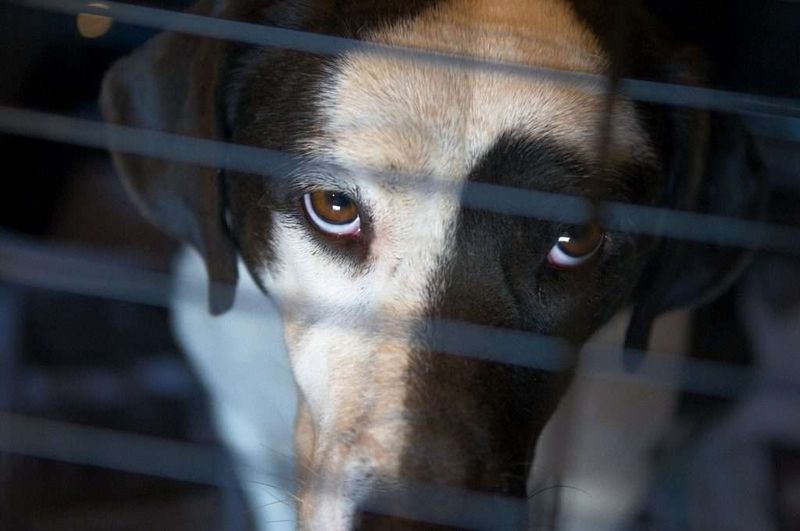
Scars from past mistreatment run deeper than the surface. Rescue dogs who’ve experienced abuse often carry emotional wounds that manifest as defensive aggression in situations reminiscent of their trauma.
Triggers might seem random to new owners – a raised hand, certain sounds, specific types of people – but they’re connected to painful memories. The dog isn’t being “bad” but responding to perceived threats based on previous experiences.
Rehabilitation requires extraordinary patience and consistent positive experiences to rebuild trust. Counter-conditioning helps create new, positive associations with former triggers, gradually rewriting those negative emotional responses with professional guidance.
13. Hormonal Changes Cause Mood Swings
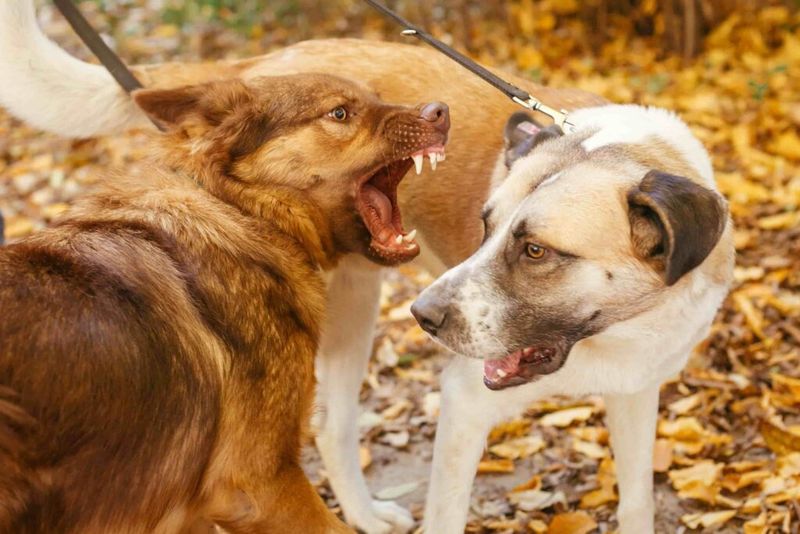
Puberty hits dogs hard too! When those hormones surge between 6-18 months, your sweet puppy might suddenly show aggression toward other dogs or challenge your authority. These hormonal mood swings affect males and females differently.
Intact male dogs often become more territorial and competitive around other males. Females may become more defensive during heat cycles or experience hormone-related aggression during false pregnancies.
Spaying/neutering can help reduce hormone-driven aggression, though timing matters. Some veterinary behaviorists recommend waiting until social maturity for certain breeds. Discuss with your vet to determine the best approach for your dog’s specific situation.
14. Redirected Aggression Strikes Unexpectedly
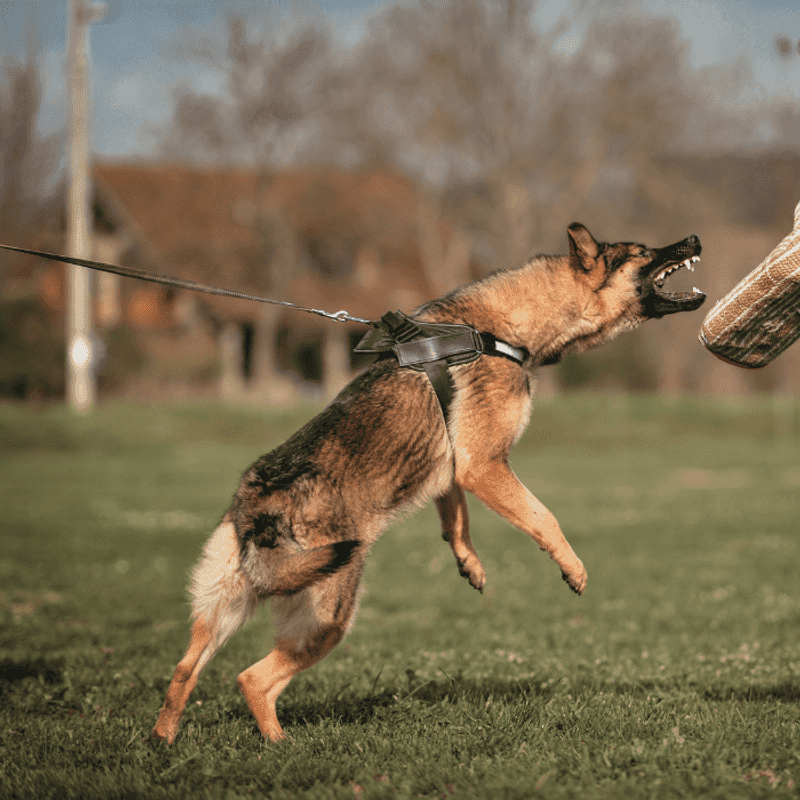
Sometimes your dog’s aggression hits the wrong target entirely! When a dog becomes highly aroused by something they can’t reach – like a squirrel outside the window – that frustrated energy needs an outlet.
Unfortunately, whoever happens to be nearby – another pet, a child, or even you – might receive the bite meant for the original trigger. It happens in a flash, often confusing owners who didn’t see the initial stimulus.
Managing your dog’s environment to reduce exposure to known triggers helps prevent these incidents. Teaching an emergency “look at me” cue creates a valuable interruption tool when you spot your dog becoming overly aroused.
15. Rough Play Escalates Too Far

Playful wrestling can cross the line when excitement builds too high. Young dogs especially struggle with self-regulation during play, and their arousal can escalate from joyful romping to aggressive behavior in seconds flat.
Warning signs include play that becomes increasingly intense, stiff body posture, hard staring, or growling that doesn’t match playful behavior. Many owners miss these subtle shifts until a snap or bite occurs.
Teaching play interruption cues like “enough” or “take a break” helps dogs learn to reset their excitement levels. Scheduled calm-down periods during play sessions train your dog to regulate their arousal before things get out of hand.
16. Learned Defensive Responses
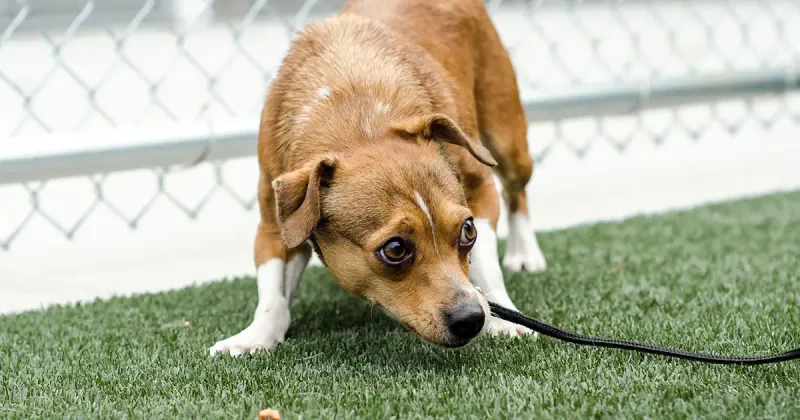
Getting backed into a corner teaches quick lessons. Dogs who’ve been repeatedly punished or confronted when showing minor signs of discomfort learn to skip the warning growl and go straight to biting – a dangerous progression.
This happens when owners scold early warning signals like growling, essentially telling the dog, “Don’t warn me next time.” The dog doesn’t stop feeling threatened; they just stop communicating their discomfort before reacting.
Respecting subtle body language cues prevents this escalation. If your dog growls, address why they feel threatened rather than punishing the growl itself. Professional help can rebuild a healthy communication system between you and your dog.
17. Underlying Anxiety Bubbles Over

Chronic worry sometimes wears a fierce mask. Dogs with generalized anxiety live in a constant state of stress, with their nervous systems perpetually on high alert. When that internal pressure builds too high, aggression becomes the pressure release valve.
Look for patterns: does aggression occur during thunderstorms, when alone too long, or in chaotic environments? These situations may overwhelm an already anxious dog.
Comprehensive management often includes behavior modification, environmental changes, and sometimes medication prescribed by veterinary behaviorists. Creating predictable routines and safe spaces helps anxious dogs feel more secure and less likely to resort to aggressive displays.






